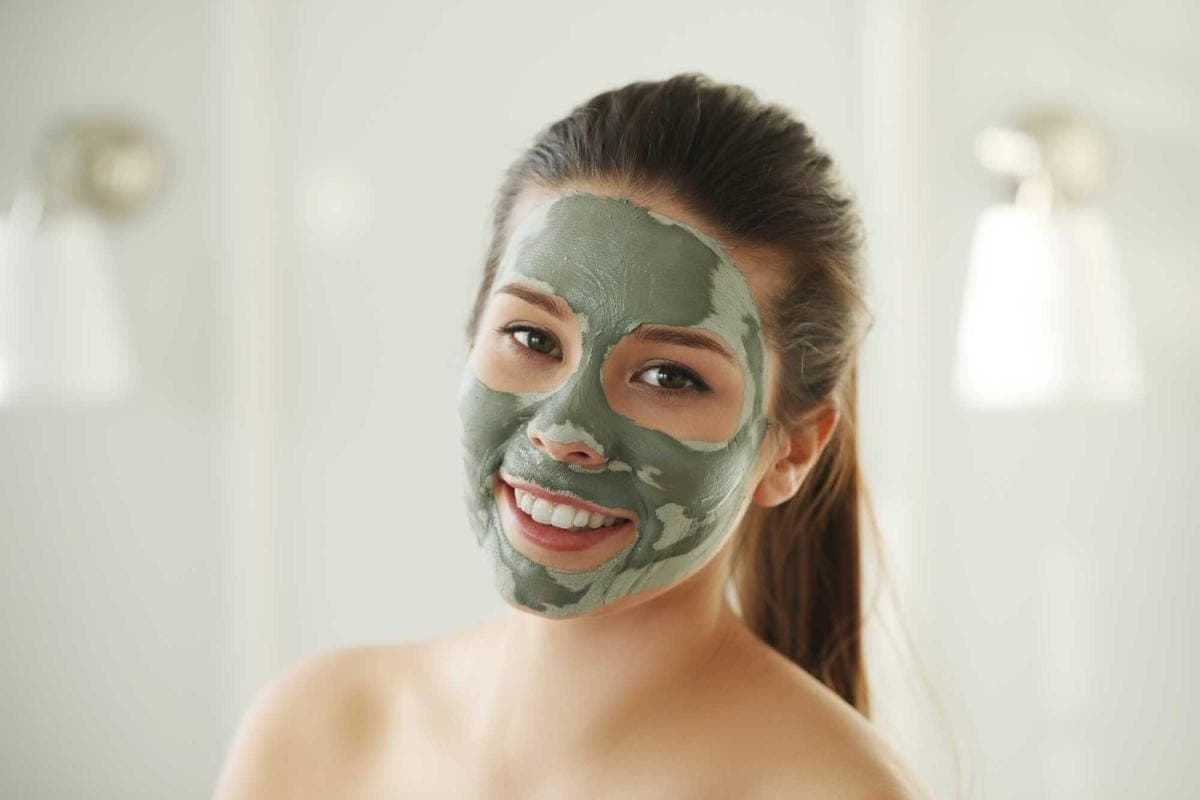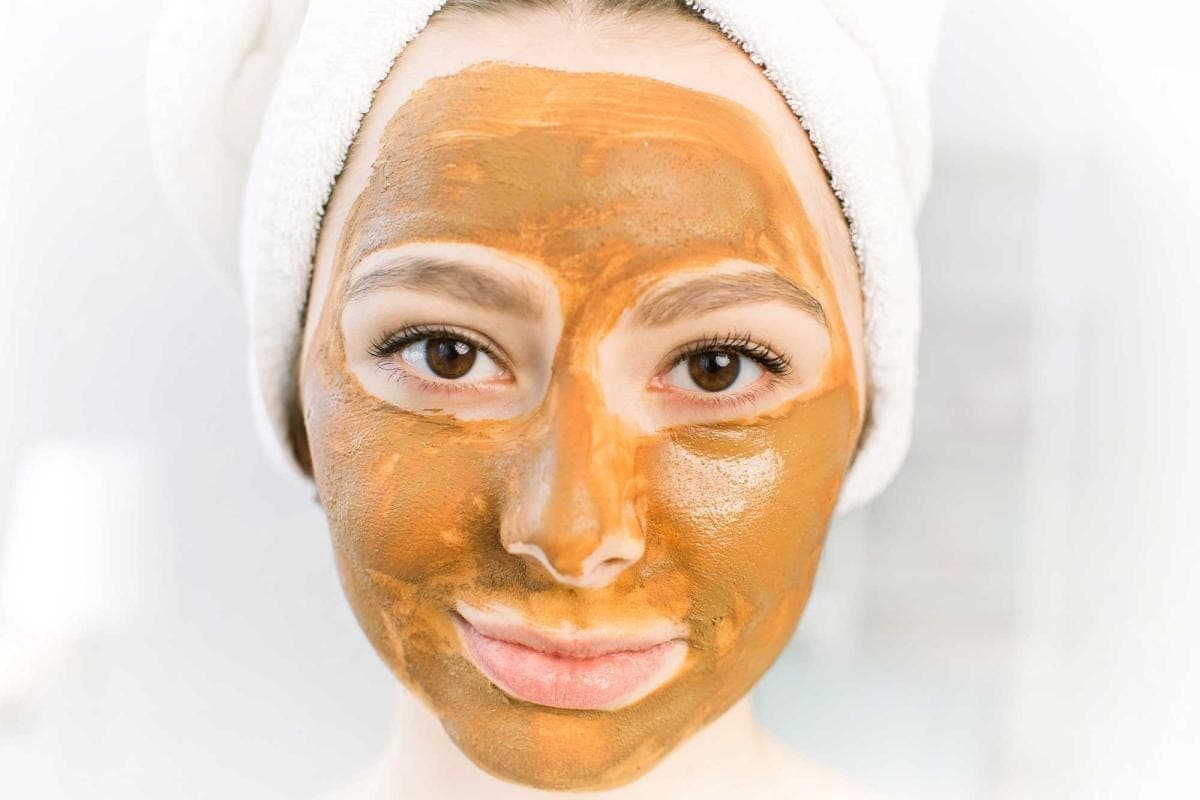A few years ago, clay masks felt like a nostalgic nod to spa days of the past. Now they sit at the center of bathroom shelves everywhere – thanks in part to a survey that showed almost half of skincare shoppers reach for one or two masks every week, with another third keeping three or four formulas on rotation. That appetite invites a bigger question: which clay actually belongs on your face?
I have spent countless evenings testing bowls of beige, green, red, even blue pastes, letting them crack dry while reading ingredient lists longer than Victorian novels. Along the way one truth kept surfacing: no single clay wins for everyone, yet each has a sweet spot where it outperforms the rest.
Why Mineral-Rich Mud Still Matters
Long before labs isolated retinol or peptides, people relied on earth itself for purification. Archaeologists have found evidence of clay cosmetics among the Pharaohs, and Ayurvedic texts praise multani mitti (Fuller’s earth) for drawing out heat from the skin. Modern science explains the magic: layered silicate particles carry a negative charge that attracts positively charged impurities such as heavy metals, sebum debris, and some bacteria. When the paste dries, those particles lift away with the rinse, leaving pores clearer and skin noticeably smoother. But different clays owe their personality to different mineral cocktails, and that dictates how they behave on the face.

Bentonite – The Mighty Detoxer
Born from volcanic ash, bentonite swells like a sponge when mixed with water. That swelling creates microscopic tunnels that trap oil more aggressively than most clays. People fighting breakouts or a midday shine usually notice its power after a single 15-minute session. Bentonite’s high cation exchange capacity also makes it an ideal base for spot treatments, because it can swap its own ions for skin irritants. Still, that same strength can strip fragile complexions. I learned the hard way one winter when a bentonite mask left my cheeks tighter than cellophane. If your skin leans dry or reactive, keep it for the t-zone only or blend it with a milder partner such as kaolin.
Kaolin – The Gentle Partner
Kaolin appears in nature in shades from snow white to soft pink. All versions share a slightly larger particle size and a lower charge than bentonite, so they lift debris without pulling lipids your skin needs. That is why kaolin turns up in creamy cleansing masks that never quite dry down. Dermatologists often recommend it for rosacea-prone patients who still want a weekly detox. Pink kaolin, colored by iron oxide, brings a hint more absorbency and a rosy tint Instagram loves. Yellow kaolin, rich in illite, sits somewhere between white kaolin and French green in power, making it the Goldilocks choice when you cannot decide.
French Green and Rhassoul – Spa-Level Minerals
French green clay looks olive thanks to decomposed seaweed and iron oxides. Spas lean on it for marine-inspired facials because it hugs the skin with a cooling effect as it dries. Tests show it contains up to twice as much magnesium as kaolin, which some studies link to better barrier recovery after exfoliation. Rhassoul, mined from Morocco’s Atlas Mountains, carries even more silica – a mineral tied to increased skin elasticity. Mixed with rose water it forms a pudding-soft batter that never cracks, making it ideal for mature or dehydrated faces wanting mineral nourishment without the flaky aftermath.

Fuller’s Earth – The Brightener with a Past
Fuller’s earth earned fame in laundry rooms for lifting grease from wool, but its calcium bentonite core doubles as a gentle skin lightener. Indian brides still use it in pre-wedding ubtan blends to coax out a glow. The clay’s natural magnesium chloride and quartz lend mild abrasion, so dead cells leave the party alongside dullness. Anyone battling sunspots or urban pollution film may appreciate a fortnightly session. Just remember to replace moisture with a humectant serum after rinsing, otherwise the brightness fades into dryness.
Cambrian Blue and Dead Sea Mud – Niche but Notable
Blue clay from Russia’s Lake Baikal picks up its unusual hue from phosphates and copper. Though studies remain sparse, anecdotal fans claim it soothes inflammation during acne flare-ups better than white clays. Dead Sea mud is technically a silt made from clay plus salt and organic matter. Its high bromide content calms redness, while calcium and potassium support barrier repair. Because it behaves more like a hydrating mask than a drying one, people nearing their forties often rotate it with stronger clays to stay clear without losing bounce.
How to Match Clay to Skin Needs
Oil-rich teenagers and adults with hormonal flare-ups can reach for bentonite or French green twice a week and watch blackheads retreat. Normal to combination skin usually thrives on kaolin every Sunday night, with the option to spot-treat the nose mid-week. Dry or mature complexions should treat clay almost like a spice: a pinch of rhassoul or Dead Sea mud mixed into a creamy base once a week keeps pores happy without erasing natural dew. Sensitive skin benefits from patch-testing first, then sticking with white kaolin or a diluted Fuller’s earth mask for five minutes rather than fifteen.
Consistency also matters. A paste that resembles yogurt spreads evenly and prevents premature cracking, which can tug at the surface. Always rinse before the mask looks chalky white; that means the clay has pulled moisture back out of the skin. Afterward, follow with a replenishing toner and a ceramide-rich moisturizer to lock in balance.

Questions People Keep Asking
Can I combine different clays?
Absolutely. I often whisk a teaspoon of bentonite into two teaspoons of kaolin to create a custom mix that targets the oily centre of my face while sparing the drier cheeks.
How often is safe?
Most dermatologists suggest once or twice a week. Going daily risks depleting the lipid barrier, leading to rebound oiliness or flaking.
Are clay masks safe for eczema-prone skin?
They can be if you choose kaolin or Dead Sea mud, keep contact under ten minutes, and moisturize heavily afterward. Skip any formula loaded with fragrance.
Why does my skin look red right after rinsing?
Temporary flush comes from increased circulation as the mask dries. If redness lasts longer than thirty minutes, reduce wear time or switch to a milder clay.
How can I tell if a clay is pure?
Look for a single ingredient on the label such as “Bentonite” or “Kaolin”. Impurities show up as gritty texture or an odd smell. Reputable suppliers often provide a mineral analysis sheet.
Parting Thought
Each clay tells a different geological story, and your skin decides which plotline resonates. Listen to how your complexion responds: the subtle tightening after bentonite, the velvety calm after rhassoul, the gentle reset after kaolin. Rotate them the way a chef rotates salts, and you will discover that the real best mask is the one that answers your skin’s mood in that moment.




